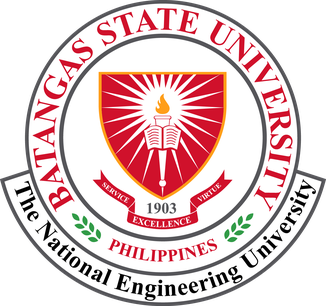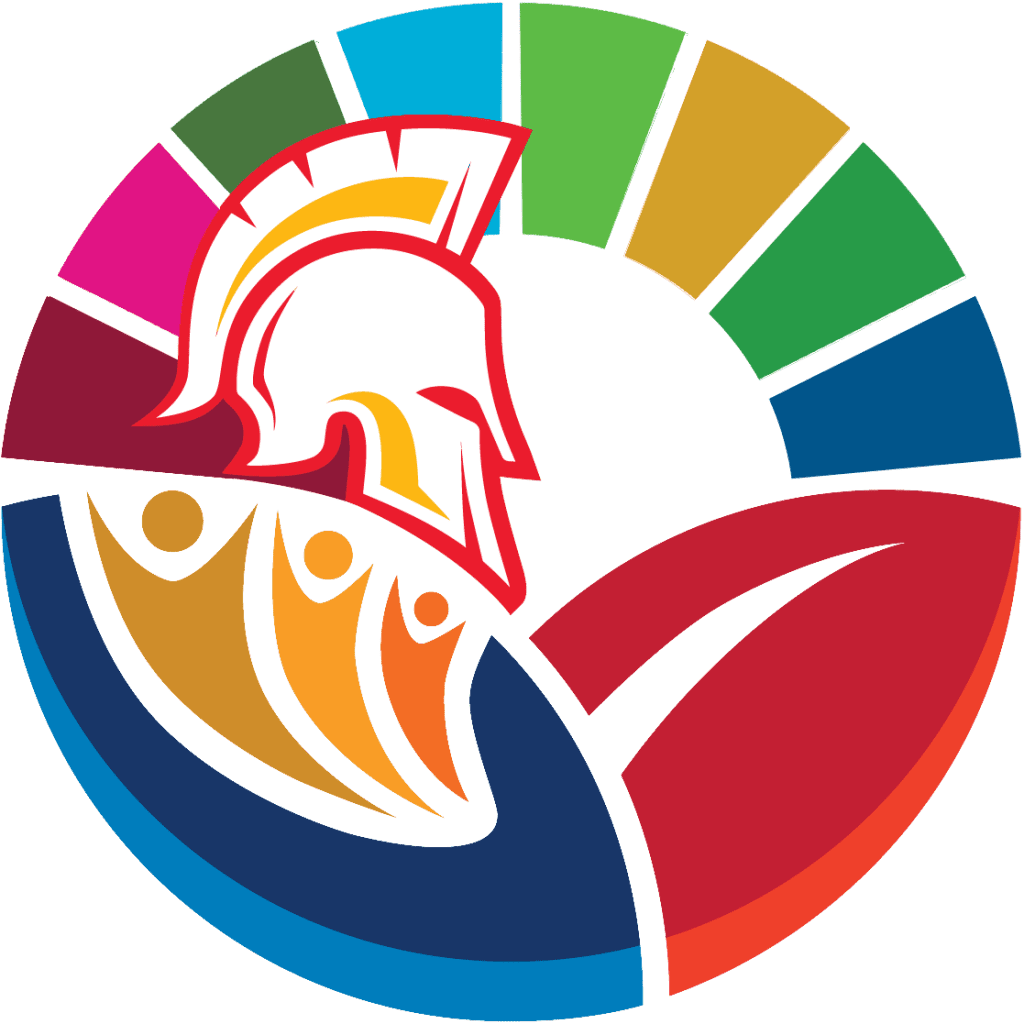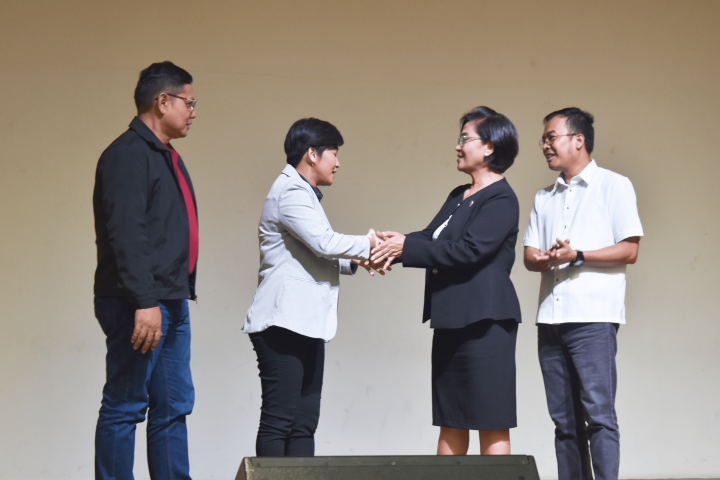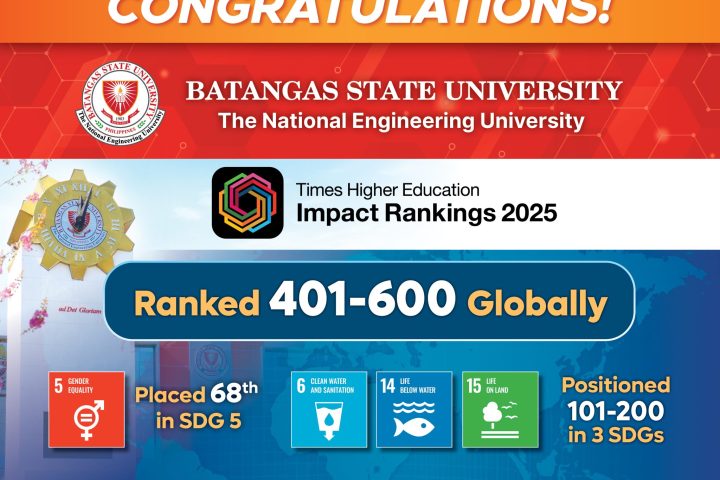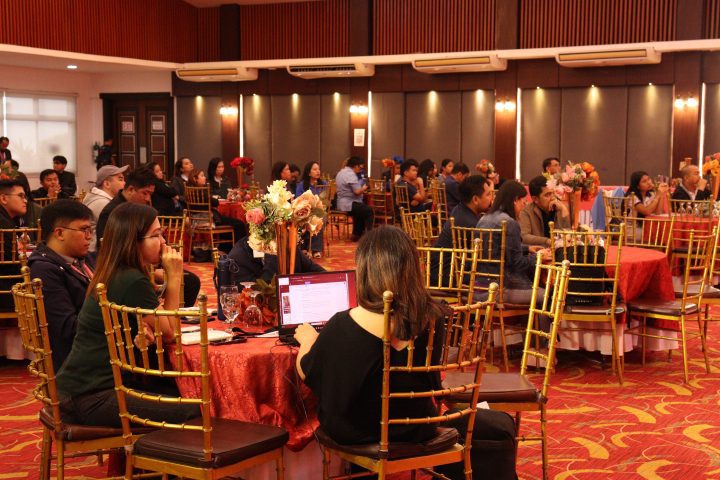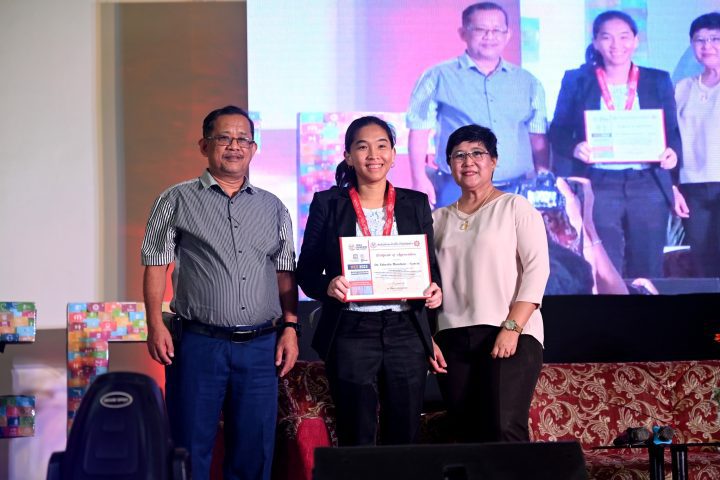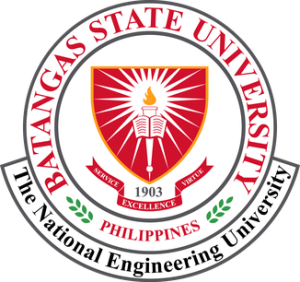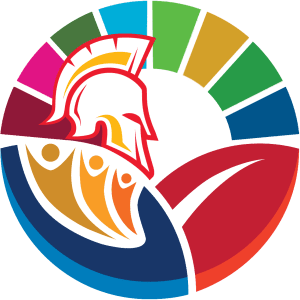Batangas State University, The National Engineering University, was recognized by the Commission on Higher Education (CHED) on June 24, 2025, alongside 113 other Philippine higher education institutions (HEIs) for their participation and ranking in international university evaluations. The recognition ceremony, titled “Ranked and Recognized: A Celebration of PHEIs,” was held at the CHED Central Office...
Tag: 6
BatStateU The NEU climbs in 2025 Times Higher Education Impact Rankings, breaks into 401-600 band globally
Strengthening its commitment to advancing the United Nations (UN) Sustainable Development Goals (SDGs), Batangas State University, The National Engineering University (BatStateU The NEU), has made a significant leap in the 2025 Times Higher Education (THE) Impact Rankings, rising from the 601–800 band to the 401–600 band out of 2,318 participating universities worldwide, as announced on...
CSD holds capacity building and sustainability benchmarking workshop
The Center for Sustainable Development (CSD) of Batangas State University, The National Engineering University, recently conducted a Capacity Building and Sustainability Benchmarking Workshop, gathering Sustainable Development Office (SDO) Heads and Coordinators across the university system. The event aimed to strengthen campus capacities in project development, implementation, and sustainability reporting. The morning session featured a hands-on...
CSD ramps up sustainability drive, unveils green innovations for HEIs at the 3rd Sustainability Summit
Batangas State University (BatStateU), The National Engineering University of the Philippines, strengthened its commitment to sustainability by hosting its 3rd Annual Sustainability Summit on March 19, 2025. The event, themed “Usapang Sustainability 2025: Innovating Green Practices for Higher Education Institutions,” took place at Narra Hall, 5/F of the Jose Rizal Building at the Pablo Borbon...
CTAB-Si Nanoparticles Derived from Rice Husk Ash for Nitrate Ions Removal in Simulated Wastewater
In this study, silica (Si) nanoparticles derived from rice husk ash is coated with cetyltrimethylammonium bromide (CTAB), a cationic surfactant, and used as adsorbent of nitrate ion in wastewater. CTAB functionalized Si (CTAB-Si) nanoparticles were characterized using scanning electron microscope (SEM), energy dispersive X-Ray (EDX), dynamic light scattering (DLS) Fourier transform infrared spectroscopy (FTIR) and...
Potentiality of nanosilica-doped carbon dots asfluorescence detector for copper (Cu2+) ionsin simulated wastewater
Industrialization has a major impact on the ecosystem and the natural water composition particularly in places close to cities andmanufacturing areas. Copper (Cu2+) ion is one of the heavy metals present in the industrial effluent and is considered to be a toxicheavy-metal contaminant accounting to its extreme persistence and bioaccumulation. Current techniques for determining Cu2+ions...
A Machine Vision Approach for Nitrate Sufficiency Determination in Aquaponic Lettuce via Leaf Color Recognition
Aquaponic systems are popular as sustainable food production methods, however it also experiences challenges in terms of monitoring the nutrient levels, specifically nitrate sufficiency. In this study a new method is proposed to monitor the nitrate sufficiency in aquaponic systems using leaf color recognition. To do this, a state-of-the-art deep learning algorithm is utilized, the...
SDG forum and exhibit on WED 2023
Centered on the theme “Leadership in Collaborative Innovations for a Stronger Nation” Supreme Student Council (SSC) Alangilan, the Office of Student Organizations, the Center for Innovations in Engineering Education (CIEE), and the College of Engineering organized the Sustainable Development Forum on the second day of celebrating the World Engineering Day 2023. The forum shed light...
DevCom, CSD collab for SDG exhibit
BS Development Communication students in collaboration with the Center for Sustainable Development staged a one-day exhibit that highlighted the University’s sustainable initiatives in the achievement of the 17 UN SDGs. DevCom students featured various sustainability efforts through a wide array of IEC materials such as pamphlets, brochures, dioramas, charts, and diagrams as well as videos...
Mechanically and Thermally Enhanced 3D-Printed Photocurable Polymer Nanocomposites Containing Functionalized Chitin Nanowhiskers by Stereolithography
Additive manufacturing, or simply 3D printing (3DP), where objects are built through layer-wise material deposition, has gained significant academic and industrial attention as a result of the development of advanced and functional materials requiring rapid, customized, and flexible solutions. In the context of green manufacturing, diversifying environmentally and economically sustainable material portfolios is an essential...

